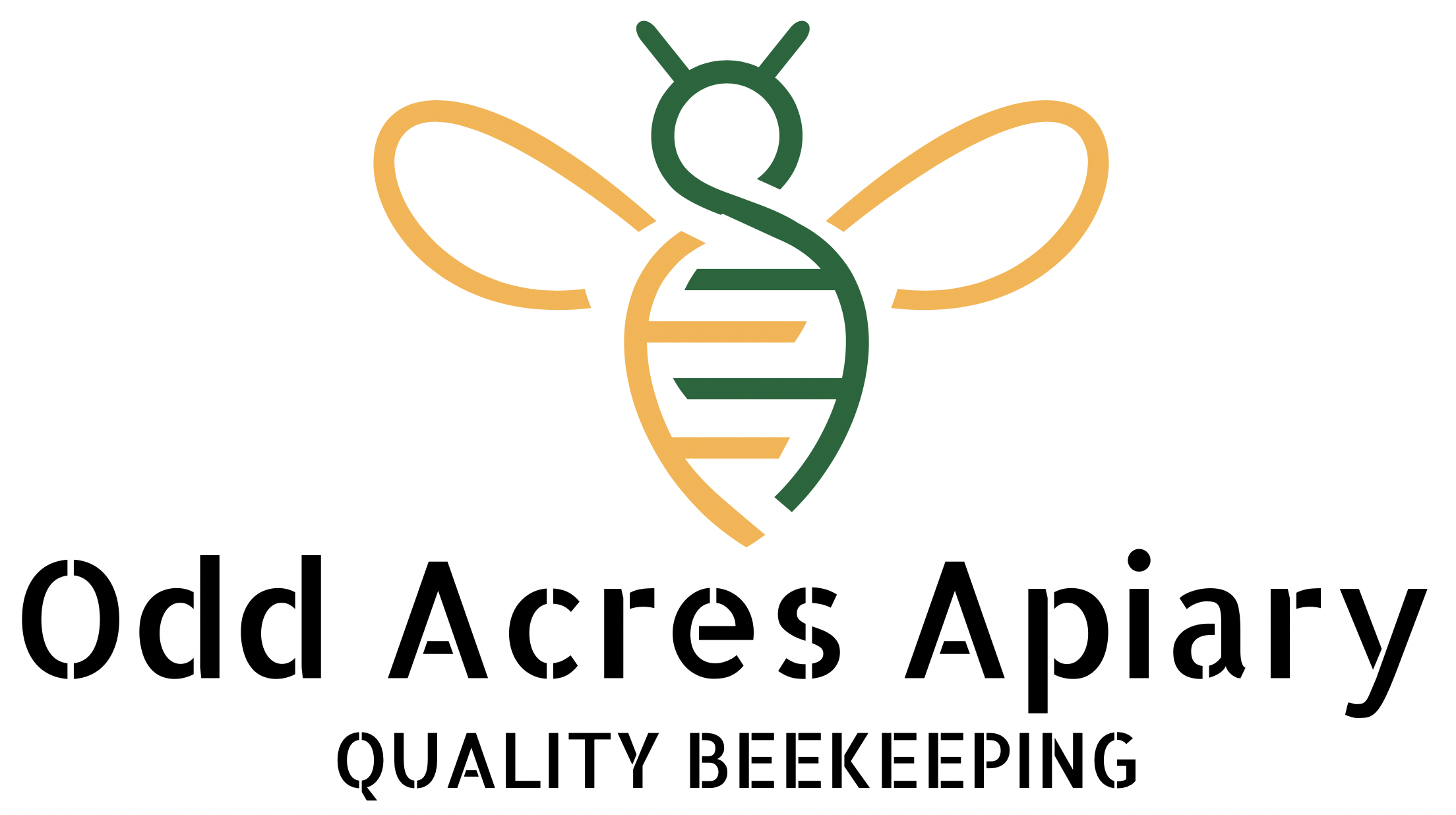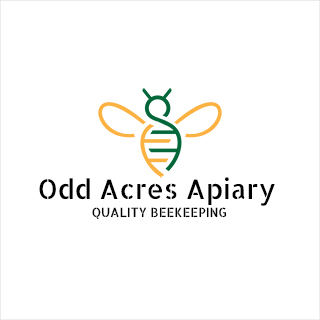Diversity is important to our business in two ways:
First, our genetics is critical to ensuring our stock remains vigorous and healthy. We specialise in Italian and Caucasian bees and we raise and mate these queens in three different locations to ensure a diversity in genetics and the opportunity to harness some of the local adaptations from the wild bees in these locations.
Second, as a business we not only supply queens and nucleus colonies, but we branch out into related areas. For example, the harvest and selling of honey, wax and propolis. We provide instruction and training to beekeepers in southern NSW and we even raise seed for hardy, but attractive herbaceous perennials for our customers to buy and plant in their own “pollinator gardens”.
We place our apiaries on the verges and corridors of major changes in the landscape. This includes the edges of towns, boundaries to national parks and changes in vegetation. This improves the variability of forage and also provides different environments to test the performance or our queens so we know that they will perform in a number of different circumstances.
Spacing of beehives is very problematic for the commercial beekeeper. Considerable efficiencies are gained by placing hives on pallets and keeping pallets close together so they can be moved quickly. We space our pallets so that each pallet is about 50 metres from the next and keeping no more than 4 – 6 pallets at an apiary site with abundant forage. This has greatly reduced stress and disease among our colonies. As with most things in beekeeping, we must compromise. We aren’t the most efficient operation but we are a smooth operation.
This is not just a yield in honey, it is ensuring that as much of the process as possible yields something useful – especially as an input to another aspect of our operation. We are regularly “turning over” our comb to reduce the disease footprint in our colonies. We then re-use that wax to produce new foundation for our colonies. This way we can ensure that we have high quality wax and we know its provenance, chemical and disease free status.
It is easy to stick with the familiar, but the challenges facing modern beekeepers will require new ideas and questioning of some of the “tried and true” lessons. Modern materials, improved science and technology all provide interesting opportunities to improve the husbandry of bees as well as the chance to deal with some of the effects of modern agricultural practice.
When we place our apiaries we consider a wide number of factors to understand how a location can be leveraged to provide a sustainable environment for our bees. We consider the environment (wind, sun, slope, access to water), vegetation (availability of forage) and the location of nearby towns and built-up areas. Integrating our bees into a location ensures a positive impact from the bees as well as a sustainable operation for us. Not only does it result in a better outcome for our colonies, it also reduces our workload.
We are conscious of what we bring into our apiaries and make concerted efforts to give everything more than one use. For example, our 3D printed small hive beetle traps are made from PLA filament which is bio-degradable. We re-use our frames time and time again. Wax is used to make our own foundation. We minimise the use of plastics and even use biodegradable containers for when we ship items to our customers. Glass is a problem – but we are hoping a solution is on the way – namely bio-degradable glass.
Feedback comes not only from the advice of experts or our customers, but self-reflection about our successes and failures. We must listen and be open to receiving feedback from all sources, and most importantly we need to be willing to make changes. This process needs to be continuous – there is never a point where you can stop, put your feet up and say “its done”. Importantly, don’t be afraid to try new things and improvise. Don’t be afraid of failure. If you aren’t making mistakes you aren’t improving.

